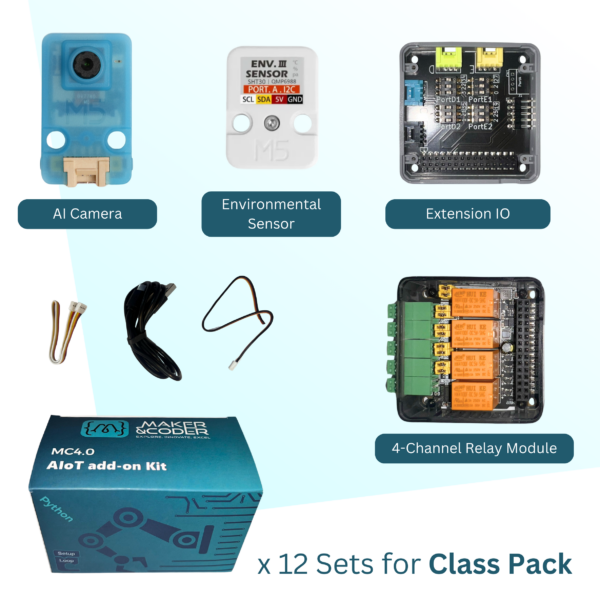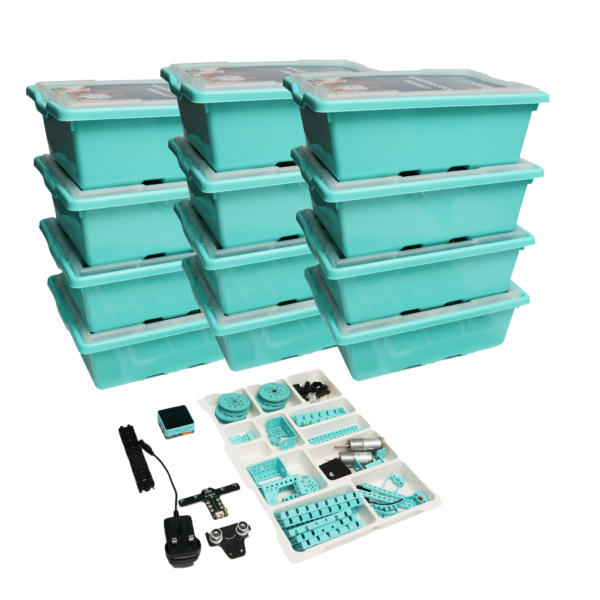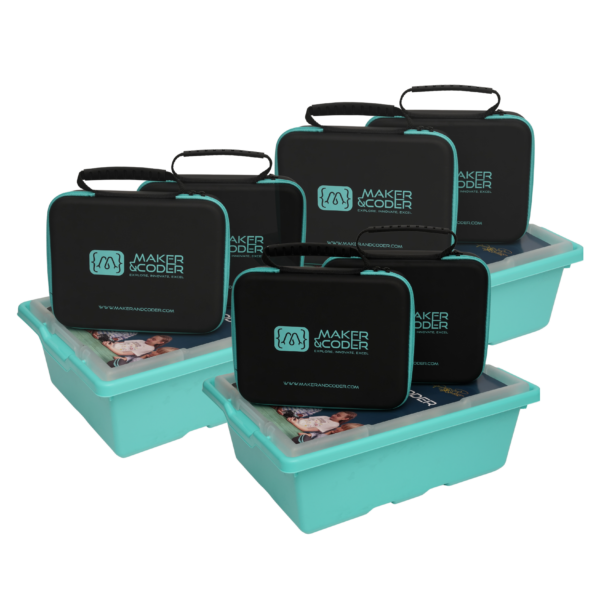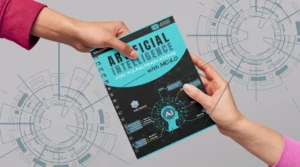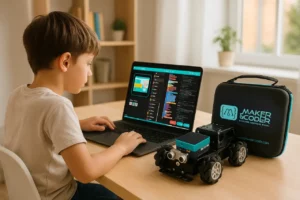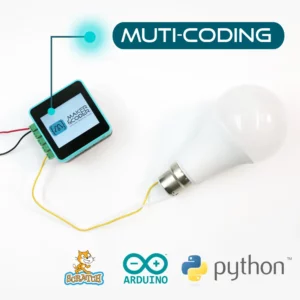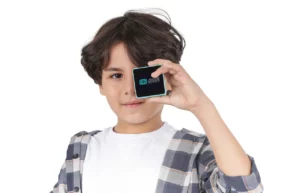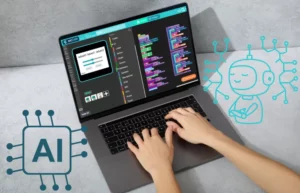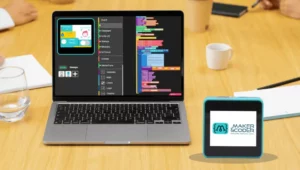In a world where technology evolves at the speed of light, IoT kits are revolutionizing the educational landscape, creating a new breed of innovators ready to tackle the challenges of tomorrow. From elementary classrooms to university labs, these kits are not just tools; they’re the building blocks of the future.
Unpacking IoT: A Guided Introduction
The Internet of Things (IoT) might sound like space-age technology, but it’s all around us. Imagine your morning coffee brewing automatically when your alarm goes off, or your front door unlocking as you approach with groceries. This seamless interaction between the digital and physical worlds is the essence of IoT. In educational contexts, IoT isn’t just about convenience; it’s a doorway to hands-on learning and understanding complex systems through real-world applications.
But what makes IoT truly exciting for the future of learning is its unparalleled flexibility. From monitoring environmental data to controlling robots, IoT kits allow students of all ages to explore the endless possibilities of connected technologies. It’s an engaging, practical way to learn coding, problem-solving, and critical thinking. The ‘things’ in IoT could be anything – sensors, devices, or even drones, making it a limitless playground for the curious mind.
Why IoT in Education Matters Now More Than Ever
In an era where technology dictates the pace of progress, integrating IoT into education is not just beneficial; it’s essential. It prepares students for the realities of the future workspace, where IoT technologies play a significant role. Beyond the technical skills, it fosters a mindset of innovation, adaptability, and critical thinking.
Educators are finding that IoT kits can make learning more interactive and engaging, leading to higher retention rates. When students can see the immediate impact of their code on a physical device, it transforms abstract concepts into something tangible. This hands-on experience ignites a passion for learning and innovation that textbooks alone cannot achieve.
Exploring IoT Kits: Tools for Tomorrow’s Innovators
IoT kits come in all shapes and sizes, designed to suit different educational levels and objectives. For younger learners, kits like the BBC micro:bit offer a simple introduction to coding and electronics. Meanwhile, advanced kits like Arduino and Raspberry Pi open up a world of possibilities for high school and university students, including building complex robots or creating smart home systems.
The beauty of these kits lies in their versatility. They can be used across a variety of subjects, not just computer science. Biology students can build environmental monitoring systems; art students can create interactive installations. IoT kits bridge the gap between theory and practice, empowering students to apply what they learn in real-world scenarios.
Real-World Applications: IoT Projects in Education
IoT projects in education extend far beyond the classroom. For instance, students have used IoT technologies to develop smart irrigation systems, contributing to sustainable agriculture practices. Others have built wearable health monitors, pushing the envelope in personal healthcare technology.
These projects highlight not just the technical skills gained from working with IoT kits, but also the potential for social impact. Students learn that their creations can solve real-world problems, instilling a sense of responsibility and a desire to make a difference.
Challenges and Opportunities: Integrating IoT in Learning Environments
Integrating IoT into learning environments comes with its set of challenges, from ensuring reliable internet access to addressing privacy concerns. However, these challenges also present opportunities for learning and innovation. Schools need to build robust networks, protect data, and teach digital citizenship, preparing students for a future where these skills are crucial.
Moreover, the cost of IoT kits can be prohibitive for some institutions, but this has spurred creative solutions, such as shared kits, grants, and community sponsorships. These efforts not only overcome financial hurdles but also foster a sense of community and collaboration among students, educators, and local businesses.
Preparing the Next Generation: The Role of IoT in Developing Future Skills
The role of IoT in education extends beyond coding and technical skills. It teaches resilience, as students troubleshoot and iterate on their projects. It fosters creativity, encouraging learners to think outside the box and apply technology in innovative ways. And importantly, it cultivates collaboration, bringing students together to build complex systems that no one person could create alone.
As we prepare the next generation for the challenges and opportunities ahead, IoT education stands out as a powerful tool. It’s not just about creating tech-savvy students; it’s about nurturing responsible, creative, and critical thinkers who are ready to use technology for the greater good. In this way, IoT kits are not just shaping new innovators; they’re shaping the future.
Looking Ahead
In the grand tapestry of educational evolution, IoT stands out as a vibrant thread, weaving a future where learning is limitless and innovation is accessible to all. As we’ve explored how IoT kits are shaping new innovators, it’s clear that these tools are much more than gadgets and wires. They’re catalysts for curiosity, creativity, and change. Embracing them is not just preparing students for the future; it’s actively participating in shaping that future.

